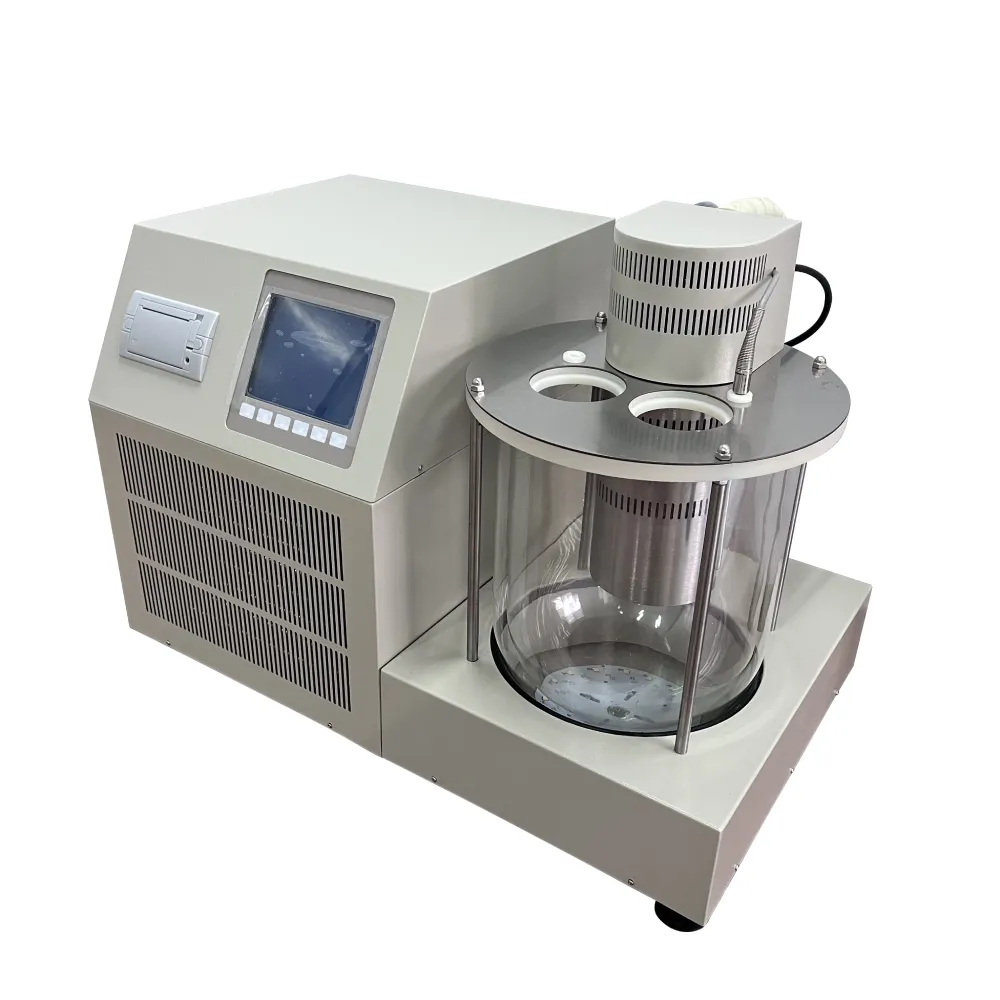 English
English


Understanding the Short Circuit Test Procedure for Single Phase Transformer Analysis and Evaluation
Short Circuit Test of Single Phase Transformer
The short circuit test of a single-phase transformer is a crucial procedure in the electrical engineering domain, especially in transformer design and analysis. This test is essential for determining various parameters of the transformer, including winding resistance, impedance, and the transformer's ability to withstand fault conditions. It helps engineers evaluate how the transformer will perform under a short circuit scenario, which is vital for ensuring safety and reliability in power systems.
Purpose of the Short Circuit Test
The primary objective of performing a short circuit test on a single-phase transformer is to measure the equivalent impedance of the transformer when it is subjected to a fault-like condition. During normal operation, a transformer converts electrical energy from one voltage level to another; however, faults can arise that lead to short circuits, potentially damaging the equipment. By examining the transformer's response to a controlled short circuit, engineers can determine how well it can handle such situations.
Test Setup
The test is conducted with the high voltage winding of the transformer short-circuited. To perform the short circuit test, the low voltage side of the transformer (which is often more manageable in terms of safety and accessibility) is connected to a variable AC voltage source. The high voltage winding is short-circuited, and the voltage is increased gradually until the rated current flows through the low voltage winding. During this procedure, the readings of voltage, current, and power are taken for further analysis.
Calculation of Parameters
From the results obtained during the short circuit test, several key parameters are calculated. The short circuit impedance (Z) of the transformer can be determined using the formula
short circuit test of single phase transformer

\[ Z = \frac{V_{SC}}{I_{SC}} \]
where \( V_{SC} \) is the voltage applied to the low voltage side and \( I_{SC} \) is the current flowing through it during the test. The impedance is typically expressed in percentage terms, known as the percentage impedance of the transformer, which signifies the voltage drop across the transformer when it is fully loaded.
This percentage impedance is crucial for understanding voltage regulation and fault levels within the system. Additionally, the power factor during the test helps in determining the core loss and copper loss, which are instrumental in designing efficient transformers.
Safety Measures
Performing the short circuit test requires strict adherence to safety protocols. Since this test involves high currents, proper precautions must be taken to avoid hazards such as electrical shock or equipment damage. Grounding of the transformer and the use of protective gear are essential practices during the test. Furthermore, the test should be conducted in a controlled environment with experienced personnel overseeing the process.
Conclusion
The short circuit test is an integral part of transformer testing that provides invaluable insights into the operational limits and safety features of single-phase transformers. By accurately measuring the impedance and analyzing the transformer's response to short circuit conditions, engineers can design transformers that are both safe and efficient. As the demand for reliable electrical power continues to grow, such tests remain a fundamental practice in the field of electrical engineering, ensuring that transformers can perform effectively even under adverse conditions. The knowledge gained from conducting a short circuit test lays the groundwork for advancements in transformer technology and contributes to the overall stability of power systems.
-
Differences between open cup flash point tester and closed cup flash point testerNewsOct.31,2024
-
The Reliable Load Tap ChangerNewsOct.23,2024
-
The Essential Guide to Hipot TestersNewsOct.23,2024
-
The Digital Insulation TesterNewsOct.23,2024
-
The Best Earth Loop Impedance Tester for SaleNewsOct.23,2024
-
Tan Delta Tester--The Essential Tool for Electrical Insulation TestingNewsOct.23,2024





